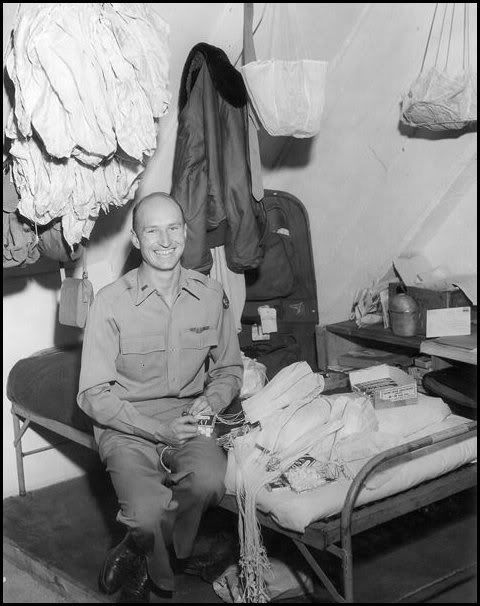The Formative Years
At the mouth of the Yakima was a village called Chemna. The Wanapum, Yakama, and Walla Walla Indians used to harvest their salmon run there. Lewis and Clark, on their famous expedition to find the sea, stopped there on October 17, 1805. Today, the village that was once known as Chemna is now known as Columbia Point.
In 1904-1905 W.R. Amon and his son Howard bought 2300 acres and proposed a sight for a new town on the North bank of the Yakima River. In 1906, Richland, Washington, was registered at the Benton County Courthouse. It was incorporated as a Washington fourth-class city.
The WWII Years
Richland was a little farm town before WWII. Then, the Army bought 640 square miles (1660 square kilometers) to help with the war effort. The Army evicted three hundred people as well as wiped out the now non-existent towns of  White Bluff and Hanford. Richland became a housing development for the workers on the Manhattan Project who worked at the nearby Manhattan Engineering District (now known as Hanford Nuclear Reservation) The population of Richland increased greatly during the war years. In 1943, there were 300 people living in Richland; by the end of World War II in 1945, there were nearly 25,000 people living in Richland. Richland was a closed city; only residents were allowed in. On the letters that were sent out, the addresses would often be false. The letters would sometimes be postmarked with a Seattle stamp. The Army Corps of Engineers designed the city of Richland Washington. Ironically enough, some of the main streets in Richland are named after famous engineers. The main street in Richland, George Washington Way, was named after the United States’ first president. Stevens Way is named after Frank Stevens who was the chief engineer on the Panama Canal and Stevens Pass. Goethals Drive was named after George W. Goethals who helped design the Panama Canal and Thayer Drive was named after Sylvanus Thayer who founded the first school of engineering at Dartmouth.
White Bluff and Hanford. Richland became a housing development for the workers on the Manhattan Project who worked at the nearby Manhattan Engineering District (now known as Hanford Nuclear Reservation) The population of Richland increased greatly during the war years. In 1943, there were 300 people living in Richland; by the end of World War II in 1945, there were nearly 25,000 people living in Richland. Richland was a closed city; only residents were allowed in. On the letters that were sent out, the addresses would often be false. The letters would sometimes be postmarked with a Seattle stamp. The Army Corps of Engineers designed the city of Richland Washington. Ironically enough, some of the main streets in Richland are named after famous engineers. The main street in Richland, George Washington Way, was named after the United States’ first president. Stevens Way is named after Frank Stevens who was the chief engineer on the Panama Canal and Stevens Pass. Goethals Drive was named after George W. Goethals who helped design the Panama Canal and Thayer Drive was named after Sylvanus Thayer who founded the first school of engineering at Dartmouth.
After the War
At the end of 1945, Hanford’s worker's plant closed down. The plant is located about 15 miles north of Richland. There wasn’t much fluctuation in the population after the war ended. While some workers fled the barrenness of the desert, many chose to remain in Richland.
1947 brought about the beginning of the Cold War. The Soviet Union developed and tested its first nuclear weapon. This resurrected the U.S. Nuclear Program. The population shot up to 27,000 people in 1952. North Richland consisted mainly of construction camp trailers. Eventually, the trailers moved and the city expanded its borders. In 1958, Richland was incorporated as a first-class city and became a self-governed, open city.
The last production reactor at Hanford shut down in 1987. Since then, the facility has been dedicated to environmental cleanup and technology. Many residents living in Richland Washington today are employed at Hanford. In fact, the Richland High School mascot is the “Bombers” accompanied by a mushroom cloud behind a B-17 plane.
Streets that were plotted after 1958 were named after famous generals. Examples are Patton Street, MacArthur Street, Sherman Street, and Pershing Avenue. The nuclear theme was kept in mind also with such street names as Einstein Avenue, Curie Street, Proton Lane, Log Lane, and Nuclear Lane. There’s a museum (Columbia River Exhibition of History, Science, and Technology) in Richland that exhibits the nuclear technology from Hanford. WSU Tri-Cities was founded in 1989. Before that was a Joint Graduate Center that was associated with the University of Washington, Oregon State University, and Washington State University. Richland is also home to Kadlec Medical Center which is one of the best medical facilities in Eastern Washington. Columbia Basin College has a medical training center near Kadlec.
